This is not a love story.
Ok, well maybe it is, a little bit. Love with a lowercase ‘l’.
I graduated from architecture school in 1998. In the Summer before I started studying, December 1990 in a hot and dusty Canberra, I had the good fortune to see all of the episodes of a British documentary series called ‘Architecture at the Crossroads’. It was revelatory. I am not sure I understood everything I saw, but right there was the first stirring of love for this strange, yet paradoxically familiar, art.
It is important to put this into perspective. This was not a passionate, visceral, emotional kind of love - such a thing is most healthy when reserved for people, pets and other assorted animals. Living creatures, certainly.
Instead, I felt the stirring of a vocational, fond and casual kind of ‘love’ - mundane in the literal sense, where mundane means ‘of the world’. So this was architecture, and I could bring it into my world. I could make that curious world revealed in the documentary into my world.
Here was a discipline, a job I could actually do, that involved doing something to achieve an effect on people: it was intriguing, something like a puzzle. It was complex, fascinating, confusing; and on balance, it seemed a harmless enough pursuit that I could have a go.
Architecture at the Crossroads presented architecture as social kind of undertaking: something more than a professional discipline. It presented architecture as the making of compositions in a physical language, one that was made up of the everyday stuff of our built environment. This language had form, repetition, pattern, materiality, proportion - and of course, space carved up into parcels. It was the exploration of a language of lyrical and variable forms, coordinated to move, direct and frame the actions of ordinary people doing ordinary things in extraordinary settings.
Of particular impact was the episode on Japanese houses.
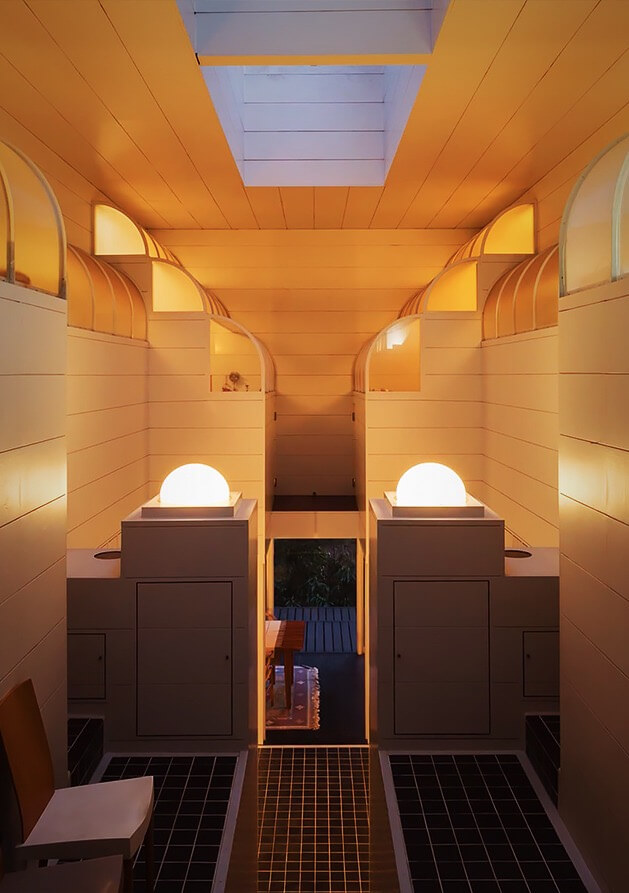
These houses, presented in the absence of the personalities or identities of the architects, did not shy away from pictorial or literal visual references. This was the tail end of the 1980’s, after all. I remember Hiroshi Hara's Awazu house - astonishingly literal, symmetrical and light. This was architecture as far removed from my suburban Australian upbringing as it could be, and yes - I loved it. I loved the open-ended possibility of it.
More to come.

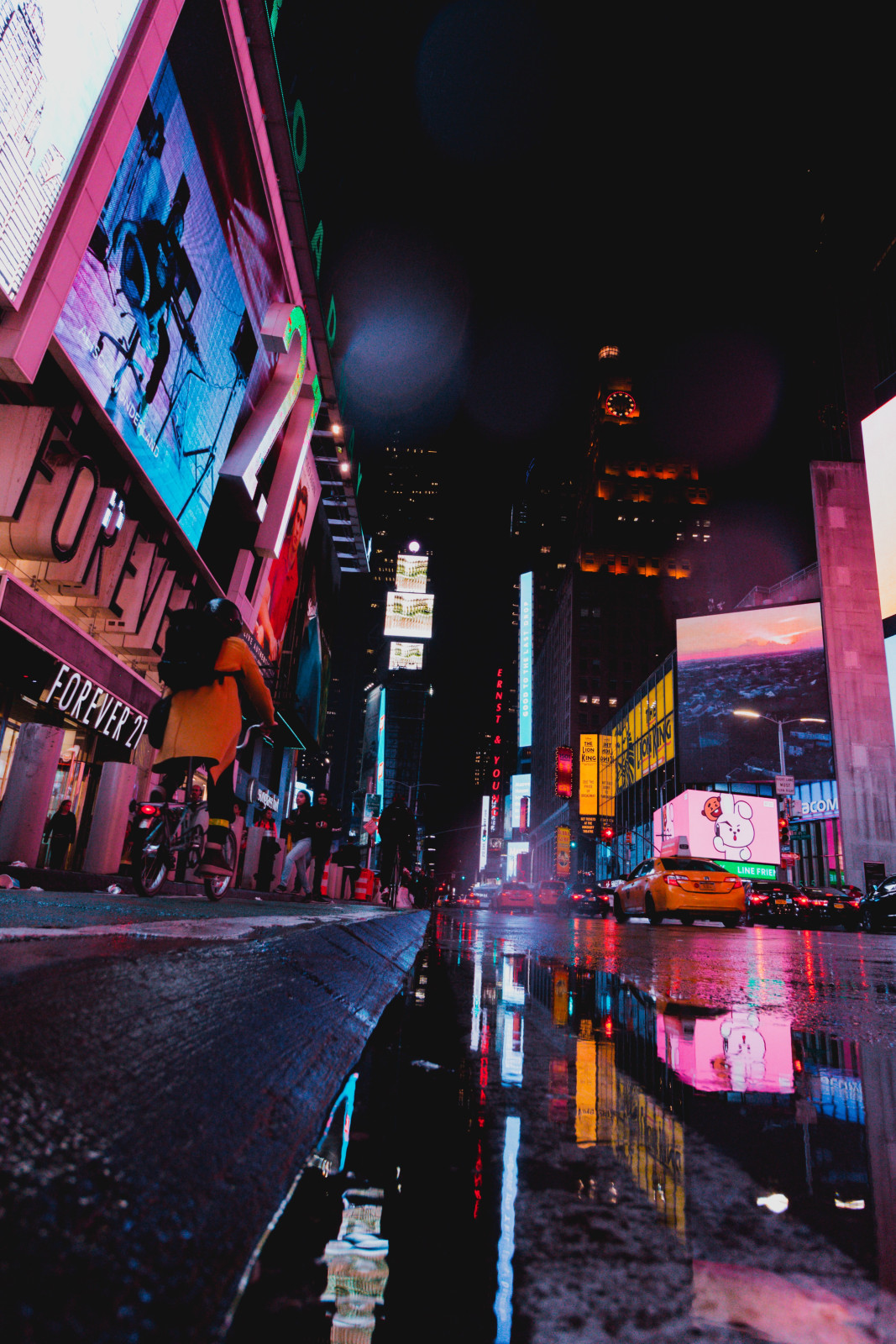



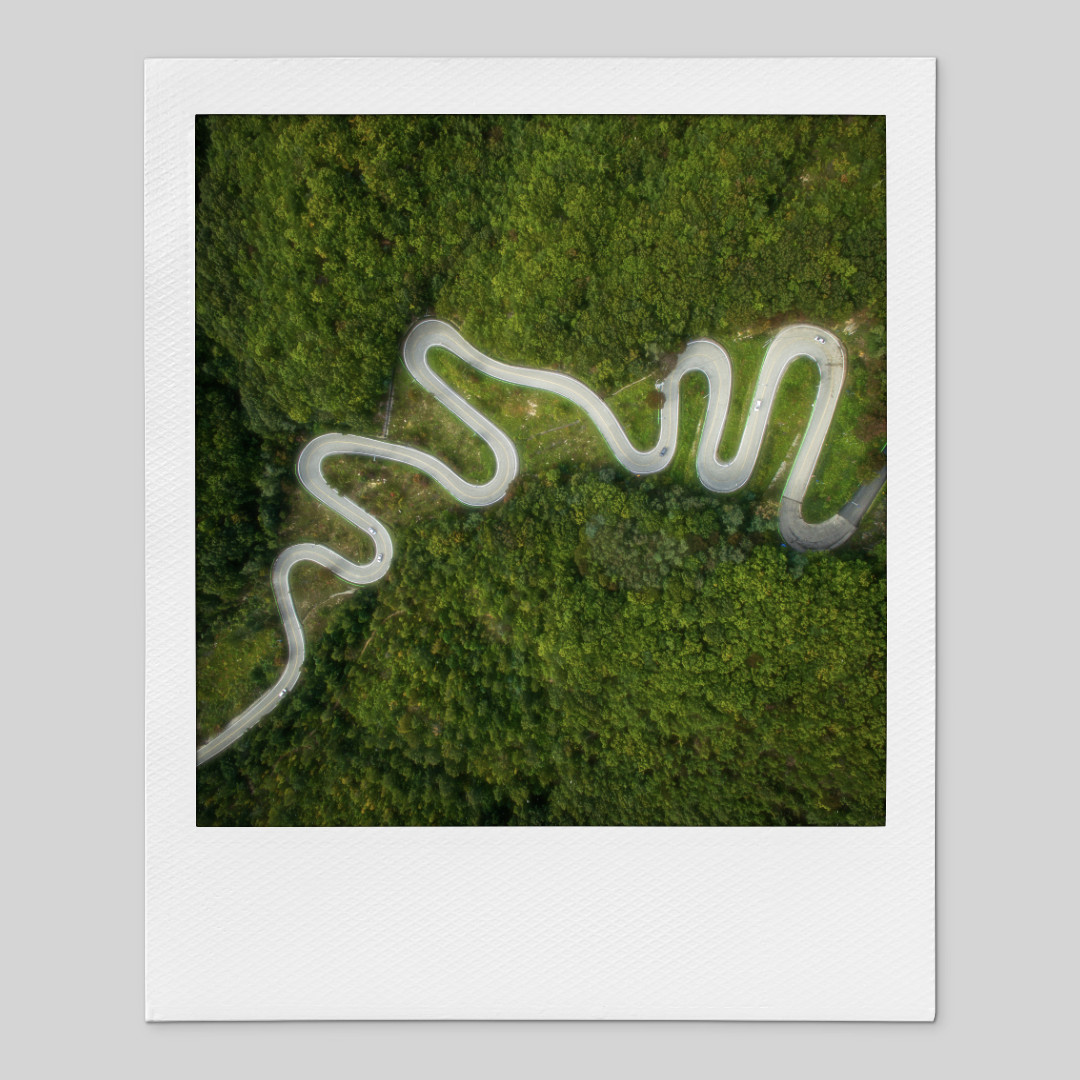
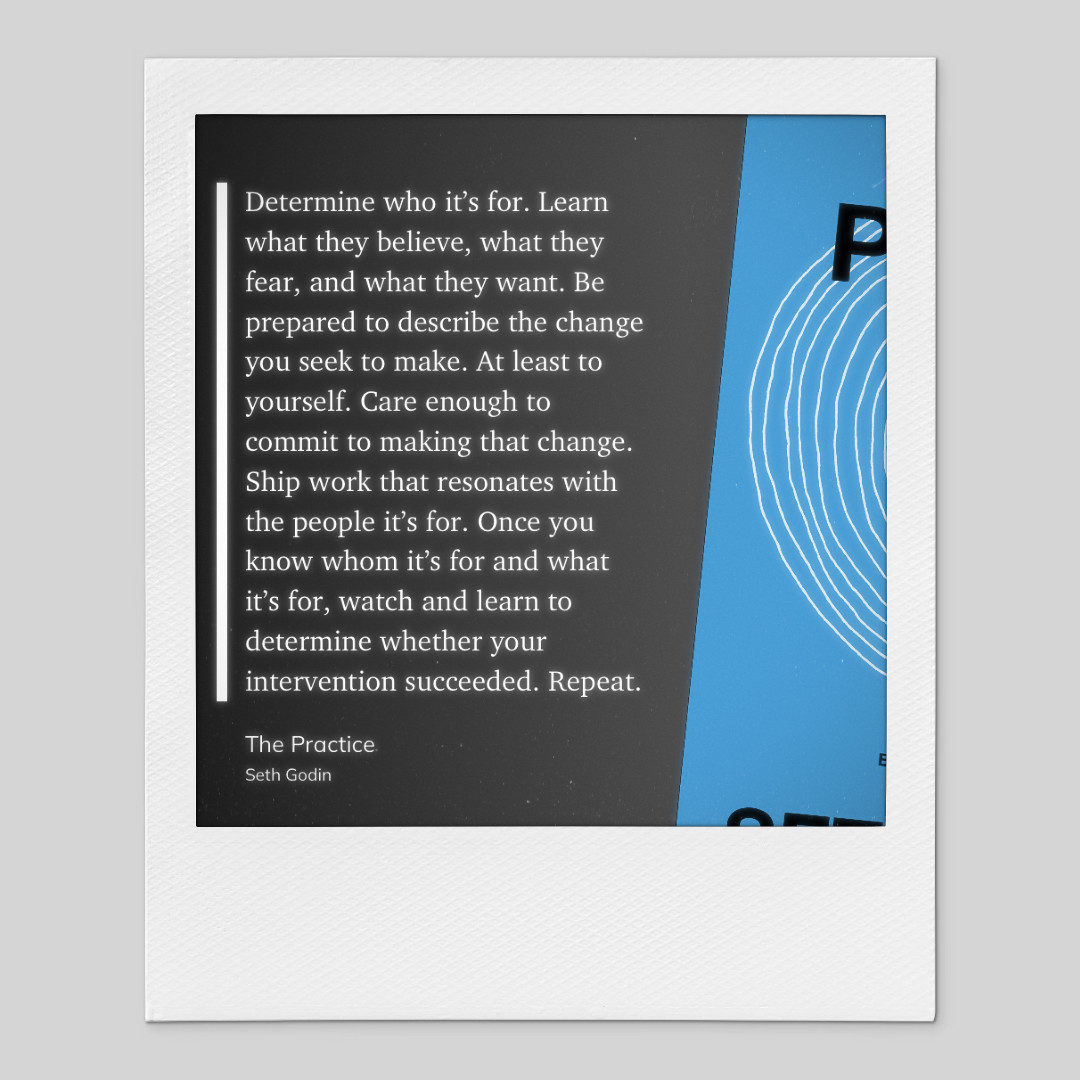
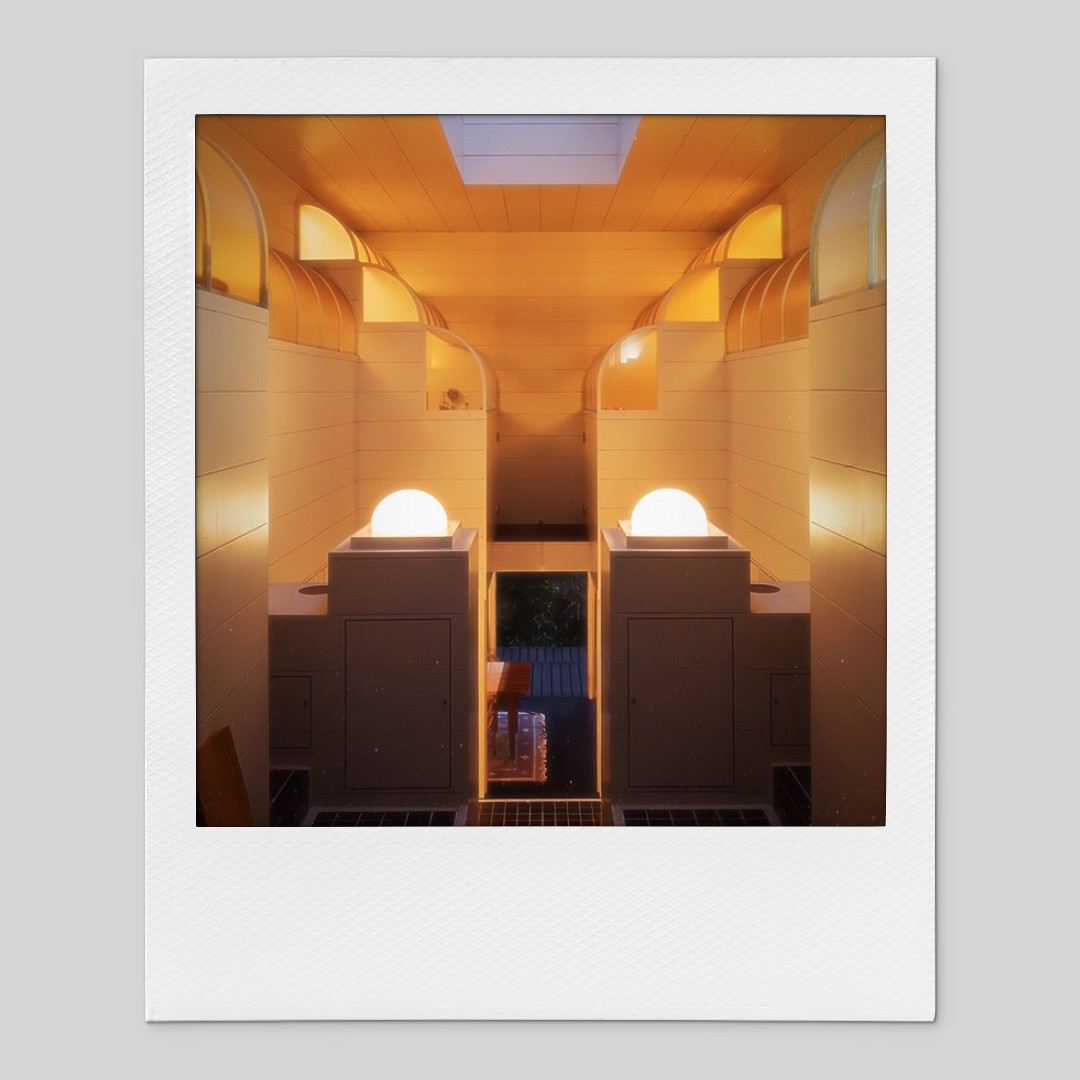
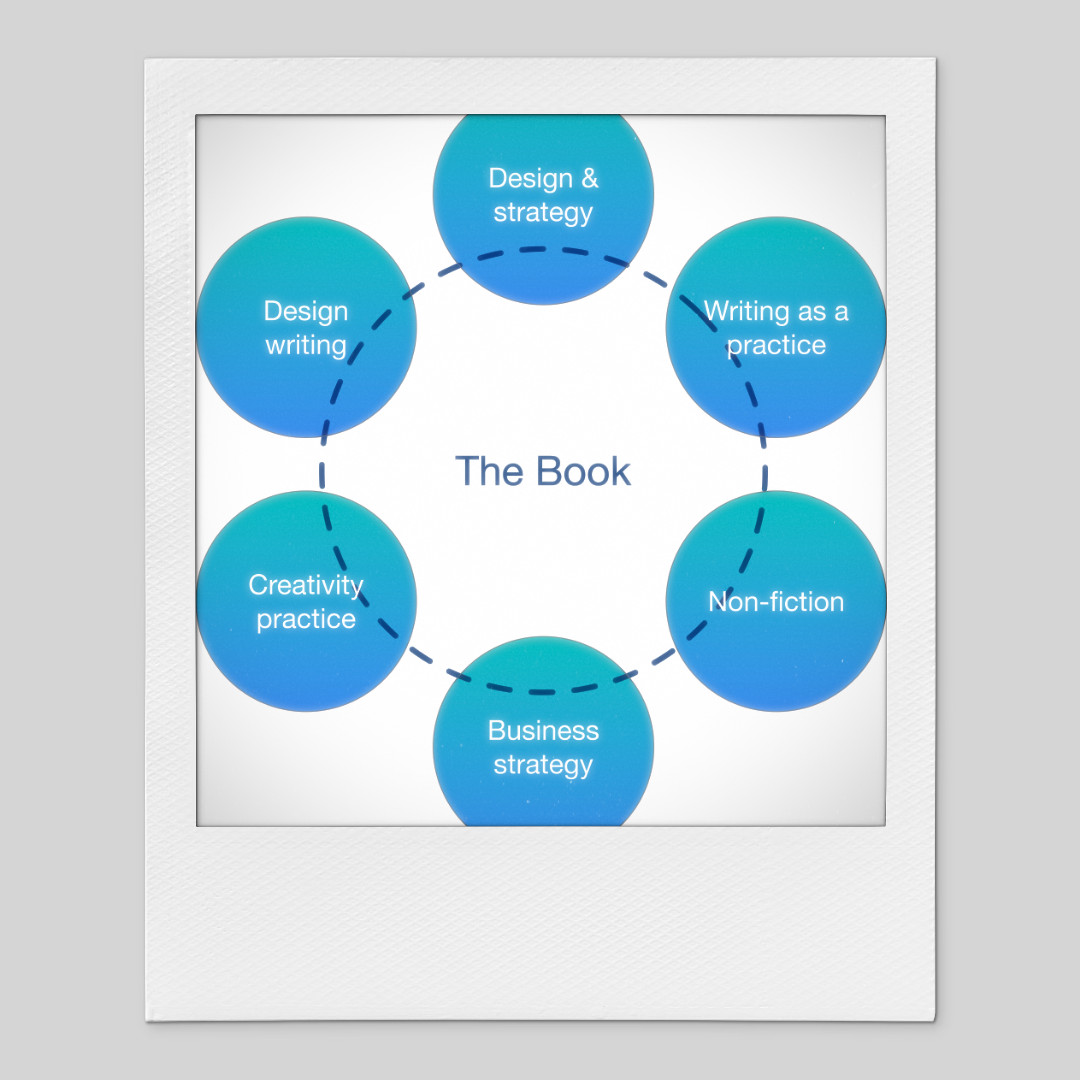




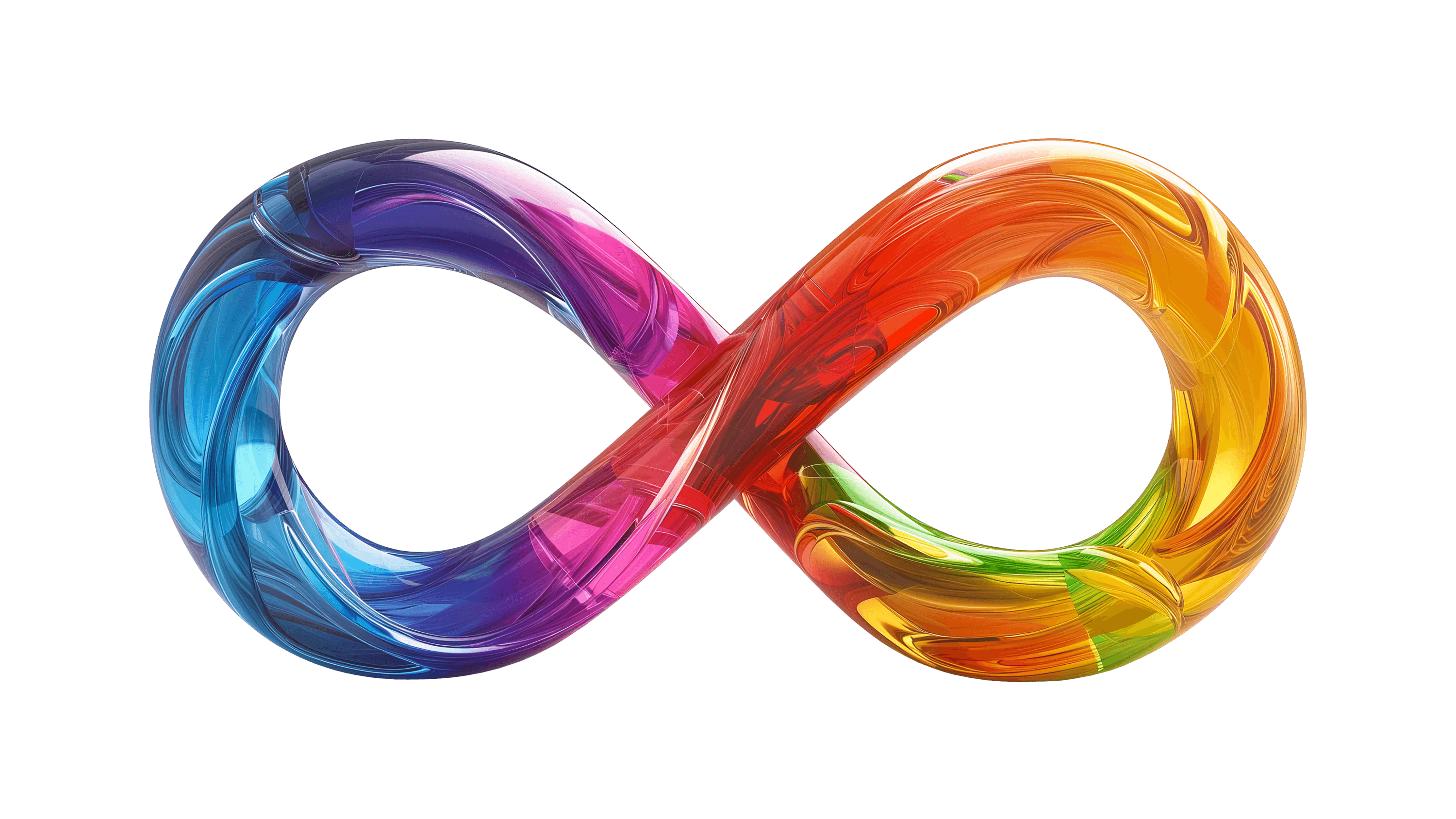

0 Comments